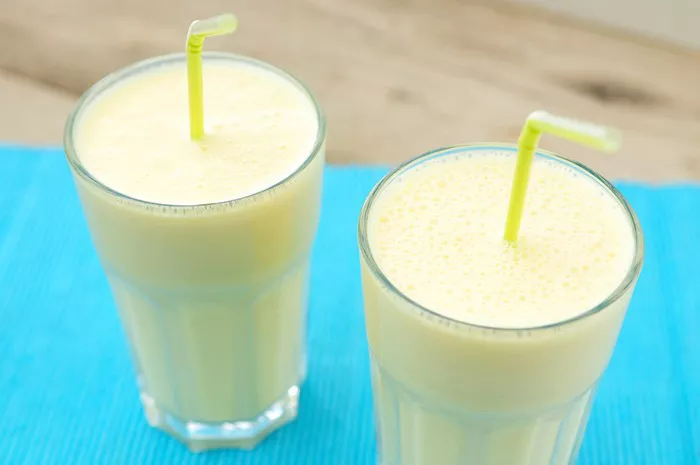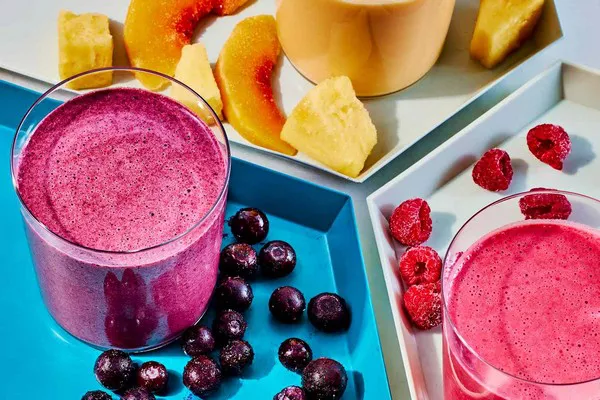High blood pressure, also known as hypertension, is a common health issue affecting many individuals. Diet plays a crucial role in managing blood pressure. This article will explore foods that can help lower blood pressure and improve overall heart health.
Understanding Blood Pressure
Blood pressure is the force of blood against the walls of your arteries. It is measured in millimeters of mercury (mmHg) and is recorded with two numbers:
Systolic Pressure: The top number, measuring pressure when the heart beats.
Diastolic Pressure: The bottom number, measuring pressure when the heart rests between beats.
Normal blood pressure is typically around 120/80 mmHg. High blood pressure is generally considered to be 130/80 mmHg or higher.
The Importance of Diet
A healthy diet can significantly impact blood pressure levels. Certain foods can help reduce hypertension, while others can contribute to it. Focusing on whole, nutrient-dense foods can lead to better health outcomes.
Foods to Eat When Blood Pressure is High
1. Fruits and Vegetables
Fruits and vegetables are rich in vitamins, minerals, and antioxidants. They are low in calories and high in fiber, making them excellent choices for managing blood pressure.
Berries: Blueberries, strawberries, and raspberries are high in antioxidants called flavonoids. These can help lower blood pressure. Aim for a daily serving of berries in smoothies, salads, or as snacks.
Leafy Greens: Spinach, kale, and Swiss chard are high in potassium, which can help balance sodium levels in the body. Include a variety of leafy greens in salads or smoothies.
Bananas: Bananas are a great source of potassium. Eating one daily can help reduce blood pressure levels.
Beets: Beets contain nitrates, which can help dilate blood vessels and lower blood pressure. Roasted beets or beet juice are tasty options.
2. Whole Grains
Whole grains are high in fiber and essential nutrients. They can help maintain a healthy weight and lower blood pressure.
Oats: Oats are rich in soluble fiber, which can help lower cholesterol levels. Start your day with a bowl of oatmeal topped with fruits.
Brown Rice: Unlike white rice, brown rice retains its bran and germ, providing more nutrients and fiber. Use it as a base for stir-fries or grain bowls.
Quinoa: This grain is high in protein and contains magnesium, which can help regulate blood pressure. Quinoa can be used in salads or as a side dish.
3. Lean Proteins
Choosing lean proteins is essential for heart health. They provide the necessary nutrients without the added saturated fats.
Fish: Fatty fish like salmon, mackerel, and sardines are high in omega-3 fatty acids, which can reduce blood pressure and improve heart health. Aim for at least two servings of fish per week.
Poultry: Skinless chicken and turkey are excellent sources of lean protein. Grilling or baking are healthier cooking methods.
Legumes: Beans, lentils, and chickpeas are high in protein and fiber. They can be added to soups, salads, or used as meat substitutes.
4. Nuts and Seeds
Nuts and seeds are packed with healthy fats, fiber, and protein. They are excellent snacks that can help lower blood pressure.
Walnuts: Rich in omega-3 fatty acids, walnuts can help lower blood pressure. A handful of walnuts can be a great addition to your diet.
Flaxseeds: Flaxseeds are high in omega-3s and fiber. Add ground flaxseeds to smoothies or oatmeal for added nutrition.
Pumpkin Seeds: These seeds are high in magnesium, which is beneficial for blood pressure control. Snack on them or add them to salads.
5. Dairy Products
Low-fat dairy products can provide essential nutrients without the added saturated fats.
Greek Yogurt: Greek yogurt is high in protein and calcium. Choose plain, low-fat varieties to avoid added sugars.
Milk: Low-fat or skim milk is a good source of calcium and vitamin D, both of which are important for heart health.
6. Healthy Fats
Incorporating healthy fats into your diet can help lower blood pressure.
Olive Oil: Rich in monounsaturated fats, olive oil can improve heart health. Use it for cooking or as a salad dressing.
Avocados: Avocados are high in potassium and healthy fats. They can be added to salads, sandwiches, or smoothies.
7. Herbs and Spices
Using herbs and spices can add flavor to meals without the need for excess salt, which can raise blood pressure.
Garlic: Garlic has been shown to have a positive effect on blood pressure. Use fresh garlic in cooking or as a supplement.
Basil: Basil is rich in antioxidants. Add fresh basil to salads, pasta, or sauces for extra flavor.
Cinnamon: Some studies suggest that cinnamon can help lower blood pressure. Sprinkle it on oatmeal or yogurt for added taste.
Foods to Avoid
While focusing on what to eat, it’s equally important to know what to avoid. Certain foods can contribute to high blood pressure:
1. Salt and Sodium
High sodium intake is directly linked to hypertension. Limit the following:
Processed Foods: Many processed foods, like canned soups, snack foods, and frozen meals, are high in sodium.
Fast Food: Fast food is typically high in salt and unhealthy fats. Opt for home-cooked meals whenever possible.
2. Sugar
Excessive sugar, especially from sugary drinks and snacks, can contribute to weight gain and high blood pressure.
Sugary Beverages: Limit sodas, sweetened teas, and fruit juices. Choose water or herbal teas instead.
Sweets and Desserts: Cut back on cakes, cookies, and candies. Opt for fruit or yogurt as a healthier dessert.
3. Saturated and Trans Fats
These unhealthy fats can raise cholesterol levels and lead to heart disease.
Fried Foods: Fried foods are often high in unhealthy fats. Opt for baked or grilled options.
Processed Snacks: Many packaged snacks contain trans fats. Read labels and choose healthier alternatives.
Tips for Managing Blood Pressure with Diet
1. Stay Hydrated
Drinking enough water is essential for overall health. Aim for at least eight glasses a day. Herbal teas can also be a great option.
2. Monitor Portion Sizes
Overeating can lead to weight gain, which is a risk factor for high blood pressure. Use smaller plates to help control portions.
3. Plan Meals Ahead
Planning meals can help you make healthier choices. Prepare a weekly menu and stick to it to avoid unhealthy snacks.
4. Read Labels
Understanding food labels can help you make informed choices. Look for low-sodium, low-sugar, and healthy fat options.
5. Regular Eating Schedule
Maintaining a regular eating schedule can help regulate blood sugar and prevent overeating. Try to eat at the same times each day.
6. Consult a Healthcare Provider
If you have high blood pressure, it’s essential to work with a healthcare provider or a registered dietitian. They can help you create a personalized diet plan.
Conclusion
Eating a balanced diet rich in fruits, vegetables, whole grains, lean proteins, and healthy fats can significantly help manage high blood pressure. Avoiding processed foods, excess sodium, and unhealthy fats is equally important. By making these dietary changes, you can improve your overall health and reduce your risk of hypertension-related complications. Always consult with a healthcare professional for personalized advice and recommendations.
Remember, small changes can lead to significant improvements in your health over time. Start today and take charge of your blood pressure!
Related topics:



























